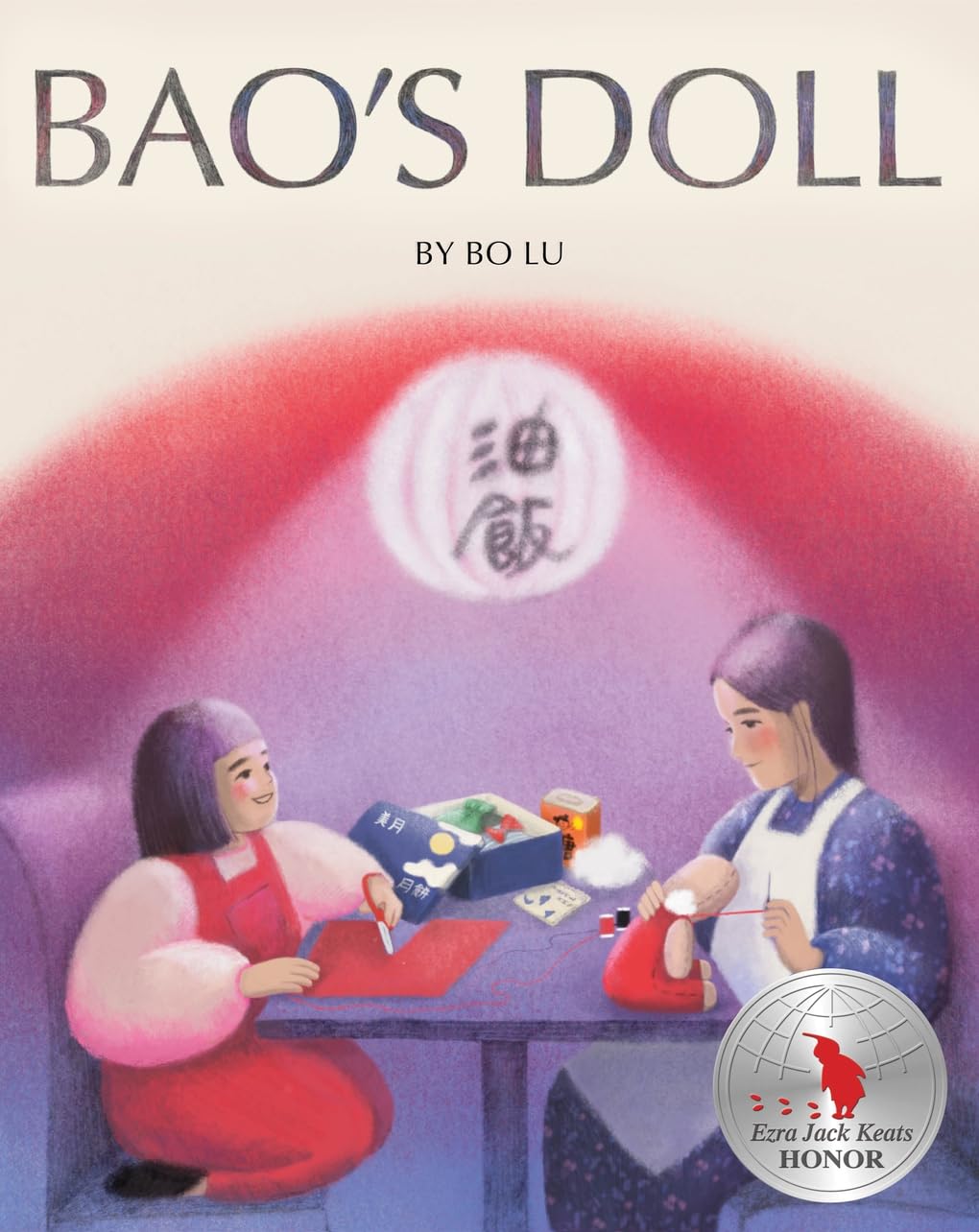Since 1959, Barbie has shown girls that they can live their dreams. From an astronaut to a chef to a president, she knows that girls can do anything!
So when Bao desperately wants a doll—specifically, the beautiful, blonde All-American Artist Amanda doll that everyone else has—Bao takes matters into her own hands and steals Amanda from the store. After getting caught, Bao’s chest feels heavy like a giant rock. But gradually, the awkward silence between Bao and Mama shifts to honesty, and eventually, a deeper understanding of what binds them.
During the first half of the twentieth century, schoolchildren in many parts of the United States were segregated―Black children and white children could not legally attend the same schools. In their so-called doll test, pioneering Black psychologists Kenneth and Mamie Clark investigated the effects of segregation by presenting children with two Black and two white baby dolls. “Show me the doll that you like best,” they said. “Show me the doll that looks like you.”
Their research showed that segregation harmed Black children. When the Brown v. Board of Education case came along to challenge school segregation, Kenneth Clark testified about the doll test. His testimony was compelling, and in 1954, the US Supreme court ultimately declared school segregation illegal.




Comments
Post a Comment